When moss grows in an area where it is wanted, it can be an attractive ground cover, but when it does so in an undesirable location, its dense mat of tiny green leaves and threadlike stalks is often seen as something invasive. Moss can slowly spread across your lawn, turning your once beautiful grass into something unsightly and less than ideal.
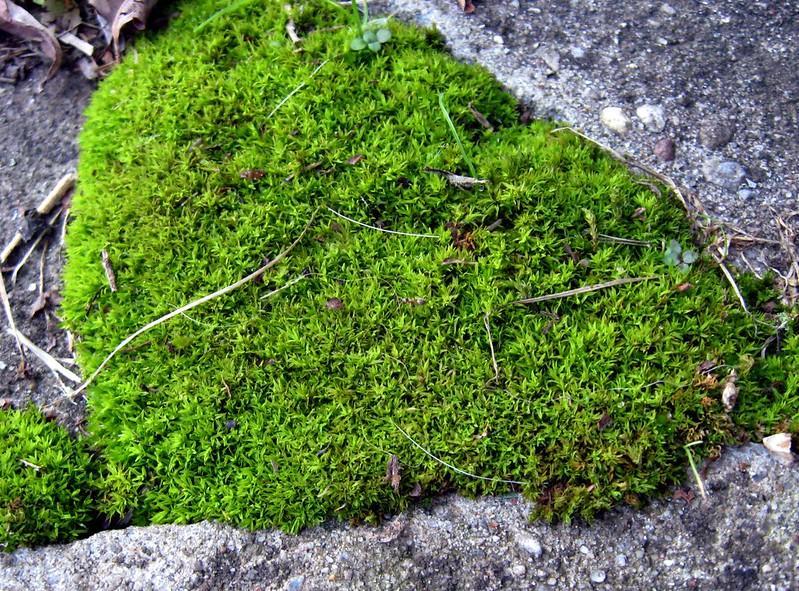
Once moss has taken hold of your lawn, it could appear as though eliminating it would be an uphill battle, but effective moss control is easier than you think. In order to reclaim your lawn, first, you will need to deal with the moss that is already present and then correct the conditions that are encouraging and promoting its growth.
For instance, if you have a lot of moss in your yard, it could be a sign that your yard has drainage problems, the soil is too compacted, there is not enough sunlight, or the soil pH is too low. However, these are not reasons enough that you should call a lawn care expert. You can quickly fix the moss problem in your yard using common household items such as baking soda and dish soap.
In this article, we will discuss some natural methods that can be used to eliminate moss from a lawn. Keep reading to learn more!
What Is Moss?

Did you know that moss is a plant, not a lichen, despite being the ideal forest carpet and fashionable addition to any DIY fairy house? Ancient plants like moss are considerably different from what we think of plants. Moss is green like other plants and produces its food through photosynthesis. However, unlike other plants, moss lacks flowers, roots, and even tissues that carry nutrients and water.
Without the vascular structures, moss can only develop in consistently moist environments. It is, however, a hardy plant that will grow anywhere in your yard where nothing else thrives. Left untreated, moss multiplies, so keeping track of trouble areas before they are taken over is the key to effective moss control.
And since moss is desperate enough to take over any spot where nothing else grows, you must determine what is killing your vegetation in that area or why it is not developing as it should. So, let’s look into that now!
RELATED: A Necessary Guide on How to Use Moss Pole For Houseplants
Why Is My Lawn Filled With Moss?
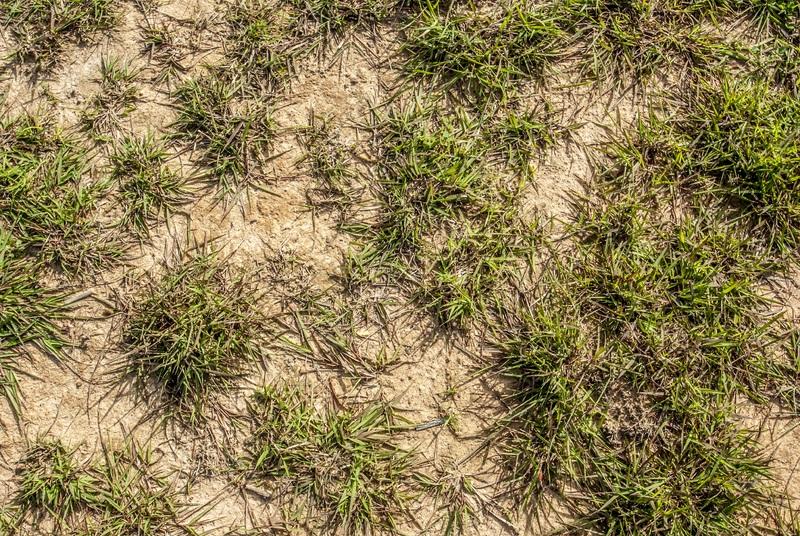
Moss wants one thing when it settles on your lawn: complete and total dominance. So, to get rid of moss, it is essential to recognize the elements preventing your grass from developing properly and encouraging moss spread.
Here are a few factors that can contribute to excess moss growth in your yard:
Compacted Soil
It is nearly impossible to prevent soil compaction in areas of your lawn that are continuously subjected to high traffic. As a result, grass growth is severely hindered in such regions, and eventually, moss starts growing and takes hold of such spots.
Excessive Shade
It is more likely for moss to grow in a garden that does not receive enough sunlight and is covered with shade. And since there is less sunlight during the winter than in the summer, moss becomes more prevalent in yards during winter.
Poor Drainage
Lawn moss thrives on lawns that have soils that drain poorly. This is mainly a problem in yards or gardens with clay soil with a higher tendency to hold water.
Low Soil pH
If the pH of the soil is too low (that is, too acidic) or too high (that is, too alkaline), the soil can become unhealthy for the growth of grass and ideal for moss . However, if nothing else is present, moss can grow in neutral soils.
Poor Maintenance
Another factor contributing to the moss problem is the carelessness in lawn maintenance. Common issues that lead to poor turf quality and increased moss growth include a general lack of care, such as inconsistent mowing, watering too frequently, etc.
Lack Of Nutrients
If the soil in your lawn does not have enough nutrients to begin with, and you do not fertilize your lawn on a regular basis, the grass will grow weaker, and your lawn will become a perfect place for the moss to grow and take over completely.
How To Kill Moss Naturally?
The most important step in controlling and eliminating moss is to attack it while it is actively growing. Since moss is a non-flowering plant, it relies on moisture for survival rather than light or nutrients; this often occurs during the fall, warm winter, and early spring.
Nevertheless, here are a few ways to naturally remove moss from your lawn.
Dish Soap
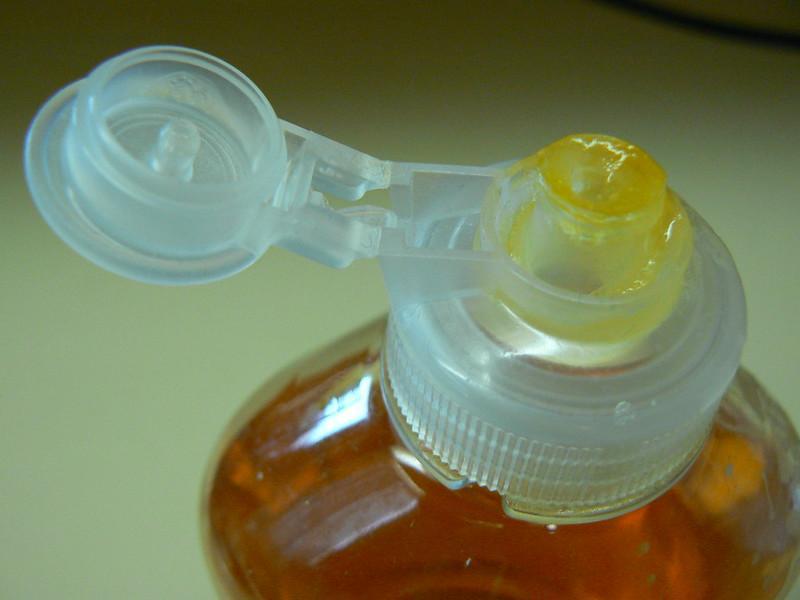
I know it sounds strange, but you can get rid of moss using a two-ingredient cocktail of water and dish soap. You only need to combine 4 liters of water and 60 milliliters of dish soap in a bucket. After that, pour the liquid into a hand sprayer, and you will have prepared yourself one of the most effective recipes for eradicating moss.
Now, take the mixture outside and spray on any moss patches in the yard. Keep the spray bottle just a few inches away while you soak the moss with your superb potion. Over the next two days or so, the moss will become orangey-brown before drying up and succumbing into the surrounding grass.
Having said that, it is worth remembering that this is not a long-term solution. Like many natural control methods mentioned here, it is only temporary unless you can address the root of the issue and improve the health of your lawn.
Baking Soda

To begin, take a large container and fill it up with 950 ml of water. Then, add two or three tablespoons of baking soda, and after giving it a gentle stir to ensure that the baking soda is thoroughly dissolved, pour the solution into a spray bottle.
Wait for a warm and dry day, then apply the baking soda solution to the moss and coat it thoroughly. Be careful not to spray any neighboring plants, especially turf grass, and remember that it may take multiple treatments to eradicate the moss entirely.
If you are dealing with extensive areas of moss, you will need to step up your game. So, add eight tablespoons of baking soda to 950ml of water. Additionally, you can boost the efficacy of the solution by sprinkling some baking soda on the infested area.
RELATED: How to Treat Plant Fungus with Baking Soda for Good?
Iron Sulfate
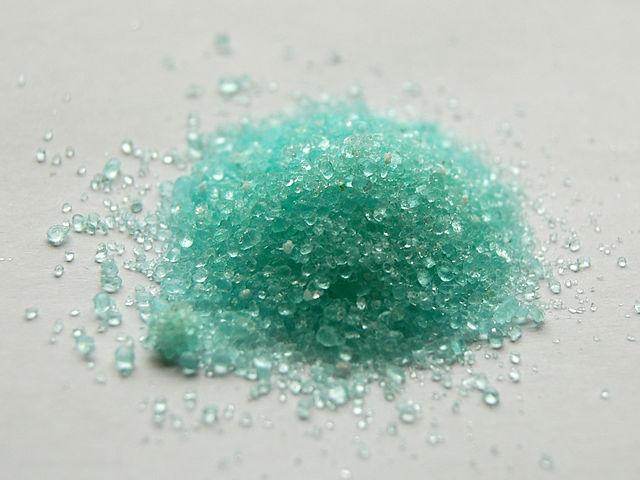
If the soil in your yard is acidic, turf grass will have difficulty growing, creating perfect opportunities for the moss to grow. Because of this, iron sulfate, also known as ferrous sulfate, is a fantastic approach to controlling moss before it gets out of hand.
To start, mix three ounces of iron sulfate in five gallons of water and pour the mixture into a hand sprayer bottle. Next, spray or shower the moss with your solution, fully saturating it. If used in the specified ratio, this mixture won’t hurt the grass but might make it darker green.
The moss will turn brown three to four days after application, and you can use a garden rake to loosen and remove it. This method works best when applied in the early winter or spring.
How To Prevent Moss From Coming Back?
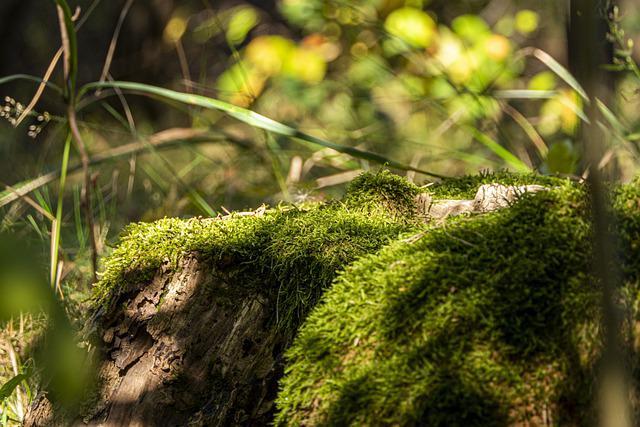
Now that you have reclaimed your lawn, how will you continue to maintain its appearance and health? Here are a few ways to help the lawn in your fight against moss:
Proper Lawn Care
Regularly mow your lawn, but do not cut the grass shorter than a third of its overall height. This will keep your lawn looking neat and tidy. Also, maintain a proper fertilizing schedule appropriate to your lawn and your area.
Improve Drainage
Poor drainage is simple to fix. Simply add topsoil to low places of your lawn, and then reseed the area. Also, ensure you water your lawn only when it needs it and not regularly.
Aerate The Soil
Aeration promotes root growth by providing the roots with more oxygen and making it possible for seeds, lime, and fertilizer to penetrate the soil. Additionally, it reduces soil compaction problems, weakening moss and strengthening grass.
Do A Soil Test
Check the pH of your soil regularly to see if it’s too acidic or alkaline. Limestone can be used to treat acidic soil, whereas peat, sulfur, and organic mulches can treat alkaline soils.
Frequently Asked Questions (FAQs)
What kills moss permanently?
Iron-based moss control products and naturally occurring iron compounds, such as ferrous sulfate, are incredibly effective at killing lawn moss. These products draw away moisture, which causes the moss to dry, become black, and die.
What is the best way to get rid of moss on lawns?
The most efficient way to get rid of moss in lawns is with chemical moss killers that contain ferrous sulfate. A fertilizer is sometimes included in chemical moss killers, which is suitable for lawns where the grass has lost its vigor.
Can you kill moss with vinegar?
Since vinegar contains acetic acid, which is toxic to moss, using it to kill moss is not only an economical but also a risk-free method. However, common vinegar is unlikely to eliminate this weed completely, so you should use industrial-grade vinegar instead.
How do you stop moss from growing?
Growing thick, healthy grass is the best strategy to stop weeds, moss, or anything else other than grass from taking over your yard. The less nutrients, water, and light there are for competing vegetation, the deeper and denser your grass will be.
Does boiling water kill moss?
The moss will perish in boiling water. However, you’ll need to do some physical work if you want to get rid of it from your lawn. So, rake it up before cleaning the moss in your lawn, yard, or garden with some boiling water.
Sources For Further Reading
What Can I Do to Get Rid of the Moss on My Lawn? – University of New Hampshire Extension Service
Solving Moss Problems in Lawns – University of Illinois Extension Service
Moss in Lawns and Landscapes – University of Nebraska Extension Service







